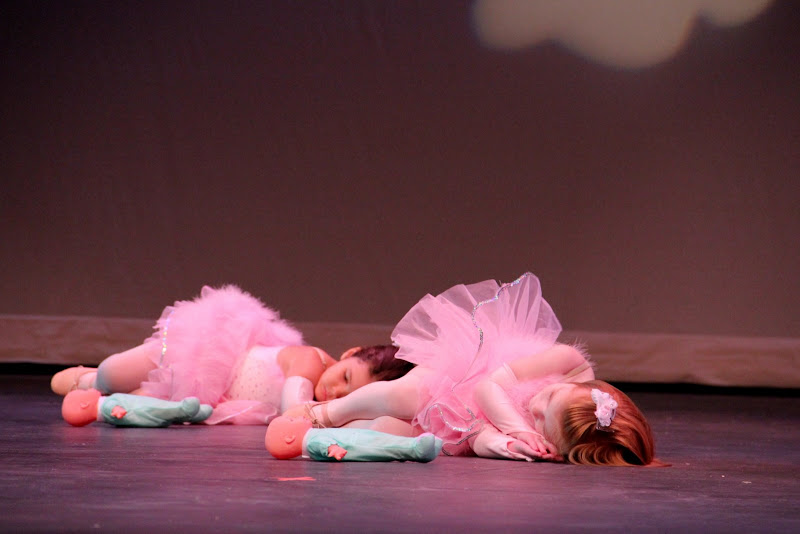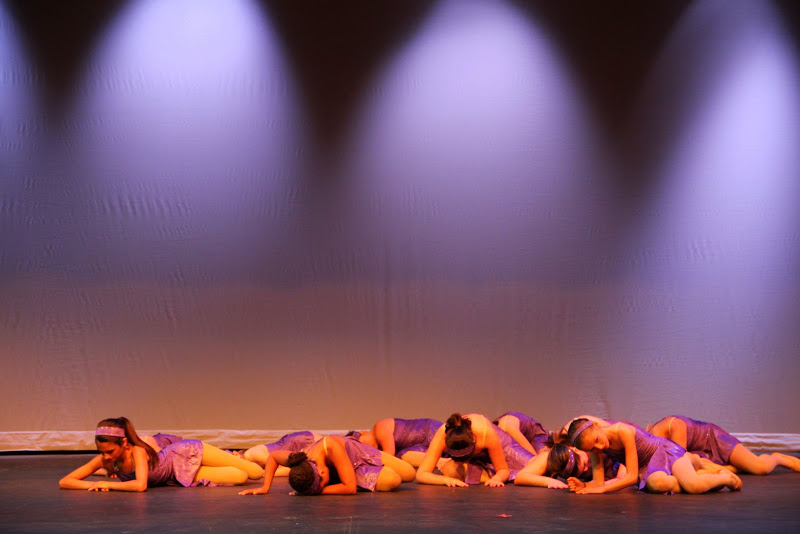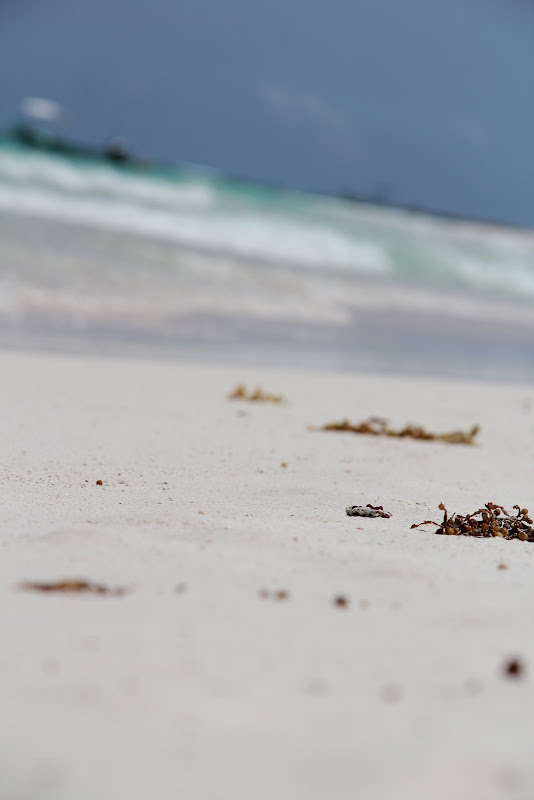 Turkish Taste at the Court of Marie-Antoinette
Turkish Taste at the Court of Marie-AntoinetteJune 8 through September 11, 2011
The Frick Collection
1 East 70th Street
New York, NY 10021
Phone: 212-288-0700
Introduction to the Exhibition
Soon after Marie-Antoinette ascended the throne in France in 1774, the young queen embraced a new fashion for interiors à la turc. This style grew out of a taste for neoclassical decoration initiated about 1770 by architects and designers who had studied ancient architecture in Italy. To the classical motifs, le goût turc called for the addition of turbaned figures, camels, crossed crescents, pearls, and other decorative elements associated with the Ottoman Empire. Such an eccentric style was reserved for the decoration of private spaces, boudoirs, or cabinets, which gave designers and architects more freedom than was permitted in public apartments at court or in aristocratic residences. As a result, furniture and decoration for such spaces were particularly ornate.
Marie-Antoinette's brother-in-law, the comte d'Artois, was also fond of interiors decorated in the Turkish style. The younger brother of Louis XVI, d'Artois took the lead in 1776 by commissioning a cabinet turc for his Parisian residence, the Palais du Temple. He was soon followed by Marie-Antoinette, who created a boudoir turc at the Château de Fontainebleau in 1777. The comte d'Artois commissioned two other cabinets turcs: one at Versailles in 1781–82 and an additional one in the Palais du Temple in 1783. Meanwhile, the queen commissioned a boudoir turc for her apartments at Versailles, and her friend the princess of Guéméné added one to her Château de Montreuil. Although a few other Turkish rooms existed, this fashion was confined almost exclusively to the royal court and the French aristocracy.
Le goût turc was inspired by several operas and plays with Turkish themes that were popular at the time, such as Achmet and Almazine, The Three Sultanas, and Zémire and Azor, which were performed at the French court in 1776 and 1777. On November 1, 1776, the royal theater of Fontainebleau premiered Mustapha and Zéangir, a tragedy in five acts by Sebastien-Roch Chamford. Marie-Antoinette was so pleased with the production that she congratulated the author with a handsome reward of 1,200 livres.
Such performances belonged to a century-long craze for Oriental tales, which took root soon after the first translation in French of Antoine Galland's Thousand and One Nights, published in several volumes between 1704 and 1717. Besides this central text, other famous and influential works of eighteenth-century Orientalist literature included the satirical Persian Letters by Montesquieu (1721), the comte de Caylus's Oriental Tales (1743), Voltaire's play Mahomet (1736), and his philosophical account Zadig (1747), to cite only a few. Some of these were works of pure fiction, others derived directly from Oriental narratives, and some were inspired by the epic lives of historical figures.
The relationship between the Turkish rooms at the court of Marie-Antoinette and a fictional Orient diffused through tales, plays, and operas is strengthened by the fact that some of the architects responsible for the designs of such Turkish productions were also involved in the creation of Turkish rooms. All the stage sets have disappeared, and only one cabinet turc has survived: the one made in 1777 for Marie-Antoinette at Fontainebleau. Sadly, only a few of the decorative elements and pieces of furniture made especially for Turkish rooms have survived; among these examples are the six pieces presented in this exhibition. These objects often feature motifs associated with Turkish culture but are not literal copies of Turkish originals; their form and function remain essentially French. All are of the highest quality, as we would expect of works of art made for a queen, a future king, or wealthy aristocrats by some of the finest artists and craftsmen employed by the royal court.
The exhibition is made possible by Koç Holding.
Courtesy of The Frick Collection.








































